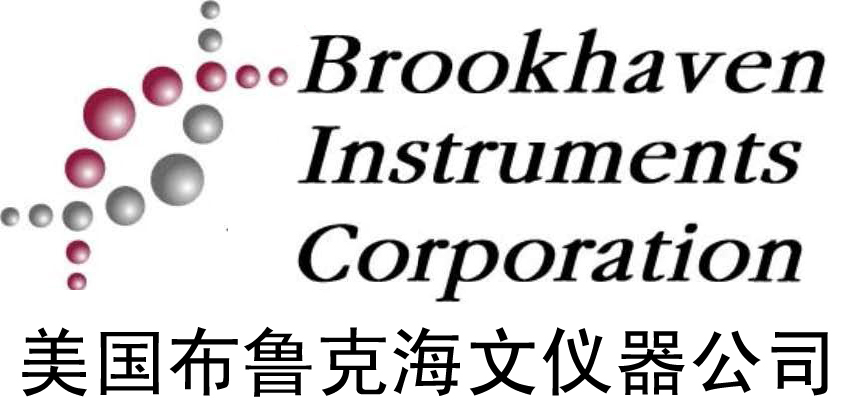產品搜索:
90plus 納米粒度儀應用案例-6
點擊次數:236 發布時間:2014-12-7
文獻名:Alumina nanoparticles induce expression of endothelial cell adhesion molecules
作者:Elizabeth Oesterlinga, Nitin Choprab, Vasileios Gavalasb, Xabier Arzuagac, Eun Jin Limc,
Rukhsana Sultanab, D. Allan Butterfieldb, Leonidas Bachasb, Bernhard Henniga,c
a Graduate Center for Toxicology, University of Kentucky, Lexington, KY 40536, United States
b Department of Chemistry and Center of Membrane Sciences, University of Kentucky, Lexington, KY 40536, United States
c Molecular and Cell Nutrition Laboratory, College of Agriculture, University of Kentucky, Lexington, KY 40536-0200, United States
摘要:Nanotechnology is a rapidly growing industry that has elicited much concern because of the lack of available toxicity data. Exposure to ultrafine particles may be a risk for the development of vascular diseases due to dysfunction of the vascular endothelium. Increased endothelial adhesiveness is a critical first step in the development of vascular diseases, such as atherosclerosis. The hypothesis that alumina nanoparticles increase inflammatory markers of the endothelium, measured by the induction of adhesion molecules as well as the adhesion of monocytes to the endothelial monolayer,was tested. Following characterization of alumina nanoparticles by transmission electron microscopy (TEM), electron diffraction, and particle size distribution analysis, endothelial cellswere exposed to alumina at various concentrations and times. Both porcine pulmonary artery endothelial cells and human umbilical vein endothelial cells showed increased mRNA and protein expression of VCAM-1, ICAM-1, and ELAM-1. Furthermore, human endothelial cells treated with alumina particles showed increased adhesion of activated monocytes. The alumina particles tended to agglomerate at physiological pH in serum-containing media, which led to a range of particle sizes from nano to micron size during treatment conditions. These data show that alumina nanoparticles can elicit a proinflammatory response and thus present a cardiovascular disease risk.


